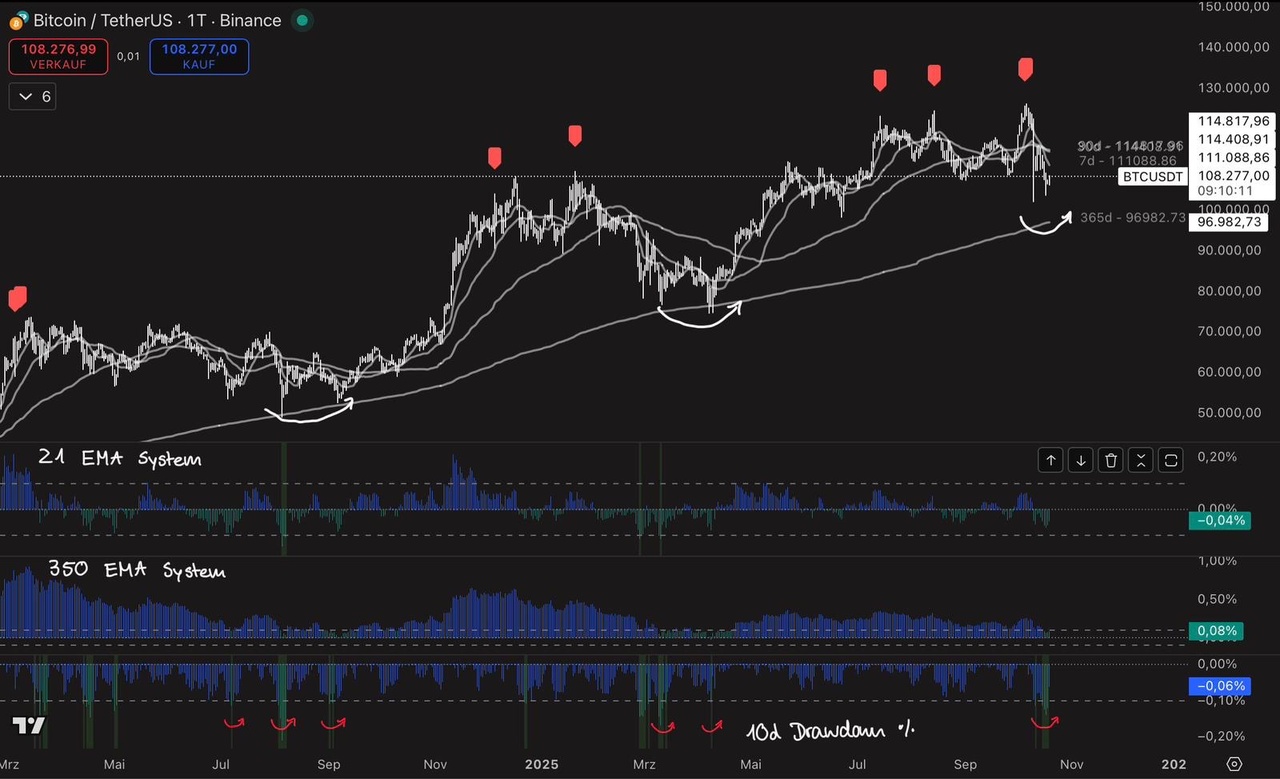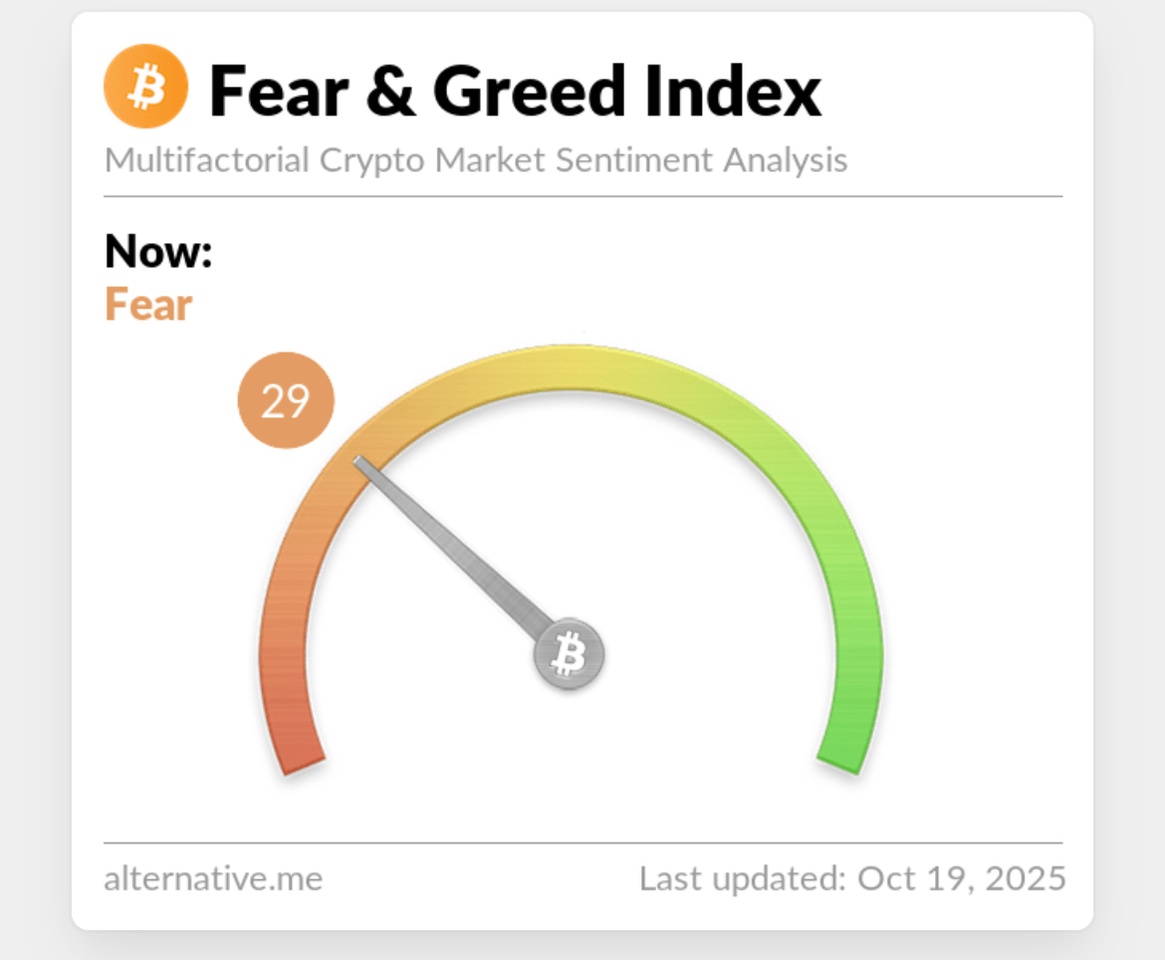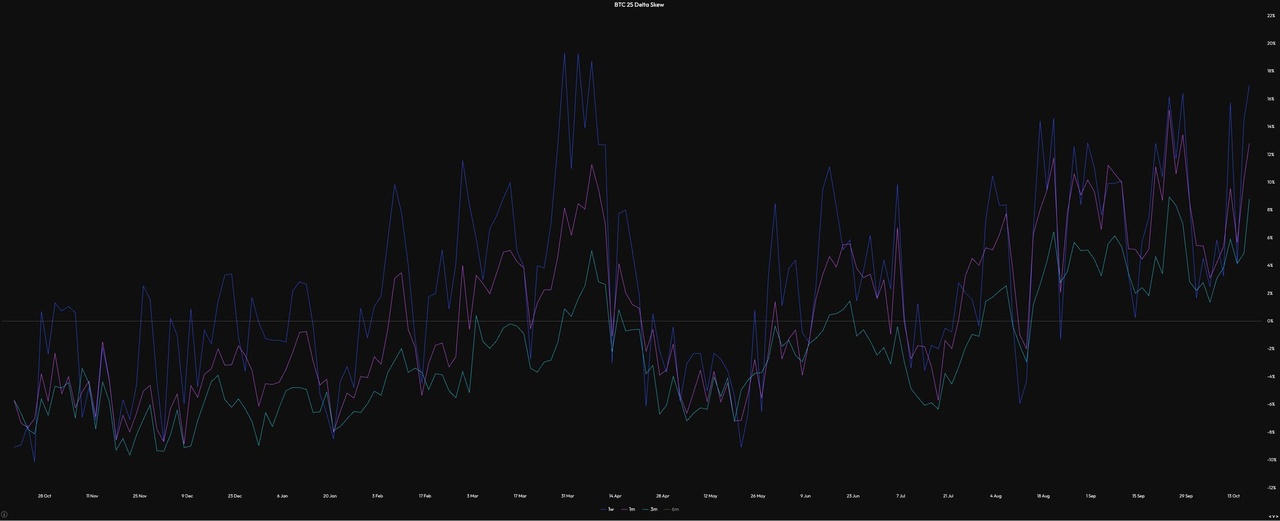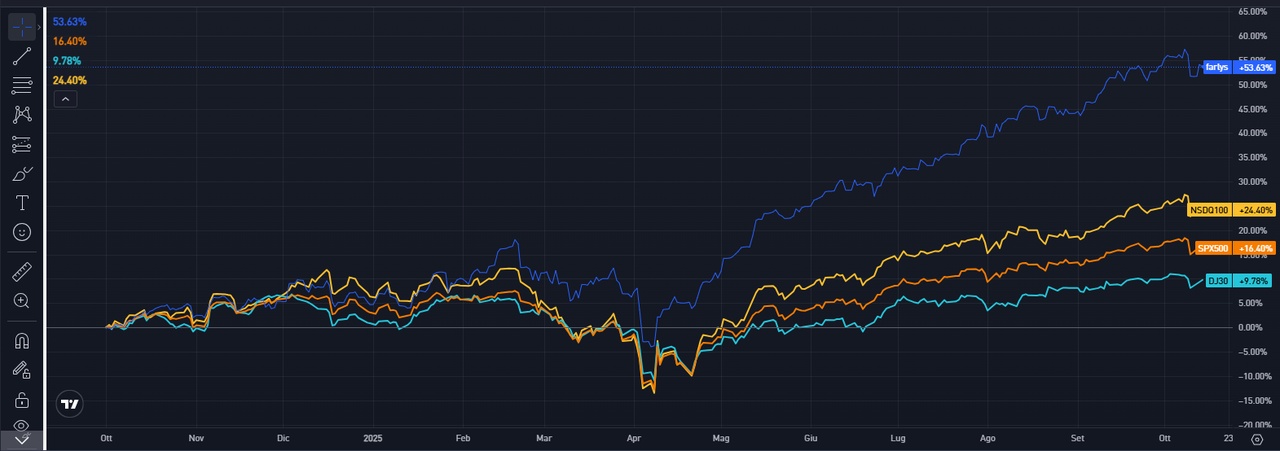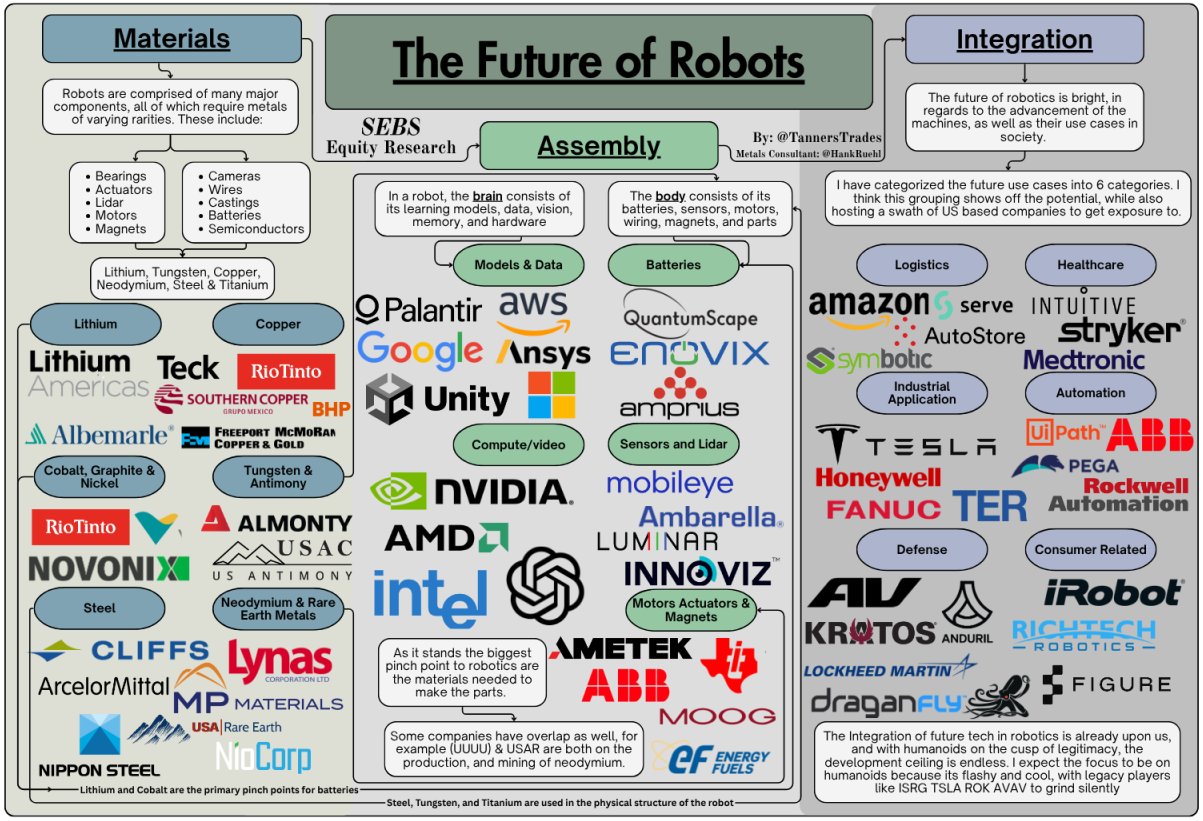🇺🇸 USA
$SPX500 — Futures indicate a decisive surge, with the market attempting to recover losses from last week's banking sell-off.
$DJ30 — Futures in a solid rise, showing generalized risk-on sentiment.
$NSDQ100 — Futures are strongly up, with tech leading the market rebound.
💻 Tech & Growth Snapshot
$NVDA (-1,39 %) — Up (0.55%), the stock is leading the semiconductor sector, confirming strong AI demand.
$GOOGL (+1,8 %) — Up (0.19%), the stock joins the positive Nasdaq trend.
$AVGO (-0,86 %) — Up (0.53%), the semiconductor sector benefits from renewed optimism.
$META (+0,29 %) — Up (0.48%), showing a strong recovery after recent weakness.
$MSFT (+1,13 %) — Up (0.36%), the stock regains momentum with positive sentiment.
$QBTS (-9,68 %) — Strongly up, quantum computing sentiment has turned positive amid the tech rebound.
$RGTI (-14,41 %) — Up sharply (3.08%), the quantum sector actively participates in the risk-on move.
$TSM (-1,38 %) — Up sharply (2.43%), boosted by optimism in the semiconductor sector.
🛍️ Retail & Commerce
$AMZN (-1,58 %) — Up (0.80%), strong pre-market recovery, led by tech.
$BABA (-0,07 %) — Down (-0.57%), counter-trending Western tech, affected by Asian uncertainties.
$CVNA (-8,63 %) — Up (0.57%), the stock gains ground following the broader market trend.
$SHOP (-1,89 %) — Solidly up, retail tech is driven by the general risk-on mood.
⚕️ Health & Pharmaceutical
$LLY (+1,22 %) — Up, tracking the general market rebound.
$HIMS (-4,71 %) — Stable (0.00%), the stock is steady after last week's volatility.
$INSM (-3,15 %) — Stable (0.00%), the biotech sector cautiously joins the rally.
🇪🇺 Europe
STOXX 600 — Opening solidly up, in line with global optimism.
GER40 — Decisively higher, the German market regains momentum.
$LDO (+0,36 %) — Stable (0.00%), the defense sector is neutral in this rebound phase.
$$IBE (-0,57 %) — Stable (0.00%), utilities are static in a risk-on environment.
$OKLO — Up sharply (1.73%), advanced nuclear technology continues its positive trend.
🏦 Banking & Finance
$$UCG (-2,38 %) — Stable (0.00%), Italian banks are trying to establish a base after heavy selling.
$$ISP (-0,14 %) — Stable (0.00%), awaiting clearer signals.
$$BAMI (-1,42 %) , $CE (+0,15 %) , $BPE (-3,06 %) — Stable (0.00%), the financial sector shows caution despite the risk-on trend.
$$BBVA (+0,57 %) — Stable (0.00%), the Spanish stock is leading the European banking recovery.
$AXP (-0,66 %) — Up (0.59%), the payments sector participates in the rebound.
$V (-0,15 %) — Up (0.07%), confirming its positive tone.
🌏 Asia
$JPN225 — Close in a solid rise, led by optimism in tech markets.
$KOSPI — Close up, Korean tech drives the index.
$HK50 — Up, tech stocks recover despite BABA's uncertainties.
$CHINA50 — Up, following positive global sentiment.
💱 Forex
$EURUSD — Up, the Dollar is losing momentum in a risk-on phase.
$GBPUSD — Up, the market positively assesses prospects for a stronger economy.
$USDJPY — Down, the Yen is gaining ground.
$DXY — The Dollar Index is showing clear weakness.
💎 Commodities & Precious Metals
$GLD (-2,1 %) — Down slightly (0.00%), gold consolidates as investors shift to riskier assets.
$CDE (-2,28 %) — Stable (0.00%), tracking the flat movement of gold.
$BRENT — Up, showing signs of demand recovery.
$WTI — Gaining ground, reflecting positive macroeconomic sentiment.
📈 Benchmark ETFs
$VOO (-0,46 %) — Tracking $SPX500$ futures higher.
$VGT (-1,09 %) — Up (0.00%), reflecting the strength of the technology sector.
$$CSNDX (-0,63 %) — Up (0.00%), tracking Nasdaq futures in positive territory.
$BND (-0,19 %) — Down (0.00%), reflecting rising yields.
💰 Crypto
$BTC (-2,2 %) — Strong recovery, the crypto sector bounces off the bottom and gains ground.
$ETH (-3,42 %) — Solidly up, following Bitcoin.
$TRX (-0,77 %) — Up (0.00%), the altcoin sector participates in the rally.
$CRO (-3,69 %) — Up, in line with overall positive sentiment.
🚀 Space & New Tech
$RKLB (-7,11 %) — Up, sentiment for growth stocks suggests a rebound.
🔎 Deep Dive: The Return of Risk-On
The week opens with a decisive "Risk-On" mood. Markets are clearly shrugging off (for now) last week's banking tensions, focusing instead on tech-led growth ($NVDA, $TSM$) and hopes for monetary easing. The strong rally in cryptocurrencies ($BTC, $ETH$) and the weakness of the Dollar ($DXY$) are clear indicators that liquidity is flowing back into riskier assets. European banks ($BBVA.MC$) and the semiconductor sector show unexpected strength, while gold ($GLD$) pauses, confirming the shift in focus from systemic risk to growth opportunities.
For daily real-time market insights, deep dives, and trading discussions, follow me on X: https://x.com/ThomasVioli
To copy my portfolio, strategies, and complete trade insights, you can follow me on eToro: https://www.etoro.com/people/farlys
⚠️ Disclaimer: Past performance is not indicative of future results. Investing involves risks, including the loss of capital.









